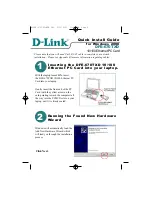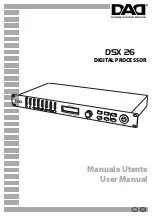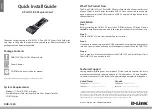
CONFIDENTIAL
DOC-USR-0055-03
___________________________________________________________________________________________
Z3 Technology, LLC
♦
100 N 8
th
ST, STE 250
♦
Lincoln, NE 68508-1369 USA
♦
+1.402.323.0702
50
(l)
Type “printenv” to show the current environment variables in u-boot.
(m)
Check the value of serverip, nfsserver, and netmask to make sure it conforms to your network.
You can use setenv to change anything that needs to be modified.
(n)
Set boot mode to NFS
Z3-DM385# setenv bootcmd run boot-nfs
(o)
Save your changes
Z3-DM385# saveenv
(5)
Make sure the DM8107 is connected to your network.
(6)
From the u-boot prompt, type “boot”
Z3-DM385# boot
You should see the Z3-DM8107-SDI2-RPS boot the kernel obtained via TFTP, mount a file system
using NFS, and then go straight to the serial menu. Appendix A shows an example of a successful
boot. If you are running into issues, see the “Troubleshooting” section in Appendix B.
10.3
Other available u-boot commands
Besides booting from NAND and TFTP/NFS, there are other boot configurations that are possible. Below
are the possible options provided in the Z3 u-boot environment:
setenv bootcmd run boot-nfs
Get kernel from TFTP, root file system from NFS
setenv bootcmd run nand_boot_nfs
Get kernel from NAND, root file system from NFS
setenv bootcmd run nand_boot_jffs2
Get kernel from NAND, root file system from NAND (JFFS2)
setenv bootcmd run nand_boot_ubifs
Get kernel from NAND, root file system from NAND (UBIFS)
setenv bootcmd run nand_boot_ramdisk
Get kernel from NAND, root file system from ramdisk
The following scripts are also available to update the u-boot environment:
run update-uboot
Update u-boot bootloader in NAND
run update-kernel
Update Linux kernel image
run update-env
Update u-boot environment settings
run update-ramdisk
Update root filesystem ramdisk
run update-jffs2
Update jffs2 image (requires mtd-utils on host)
run update-ubifs
Update jffs2 image (requires ubi utils on host)
















































